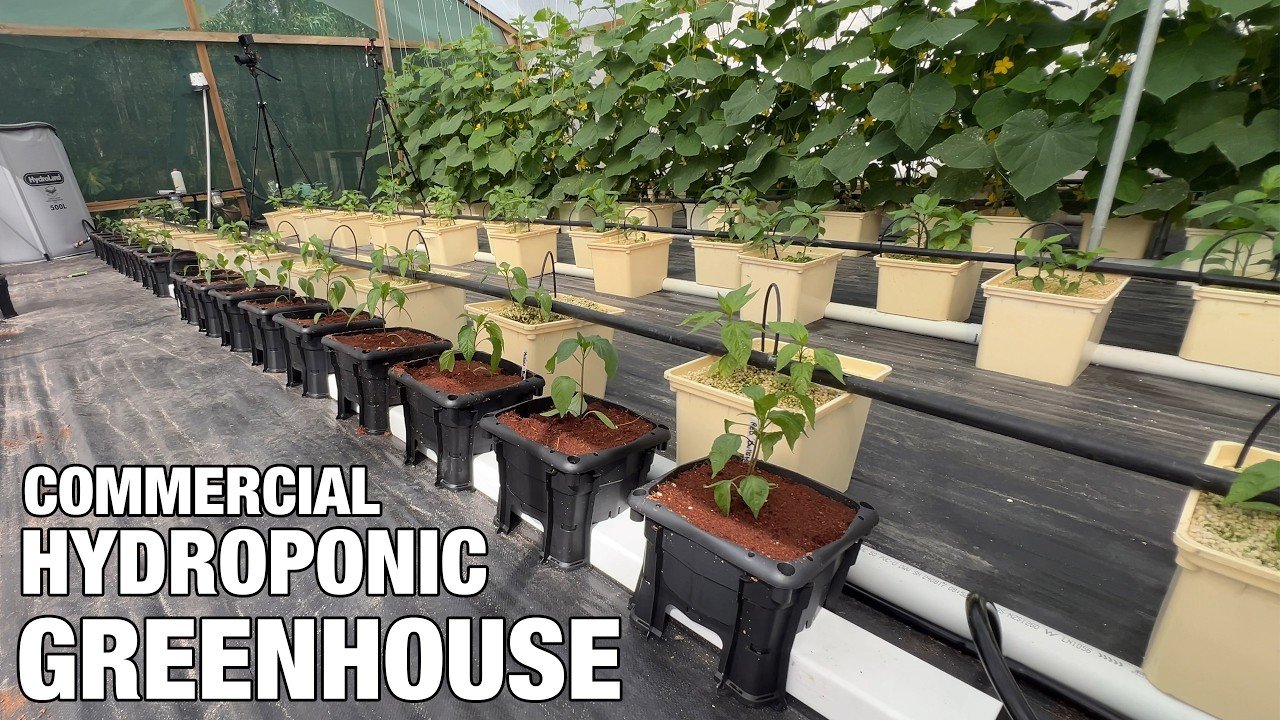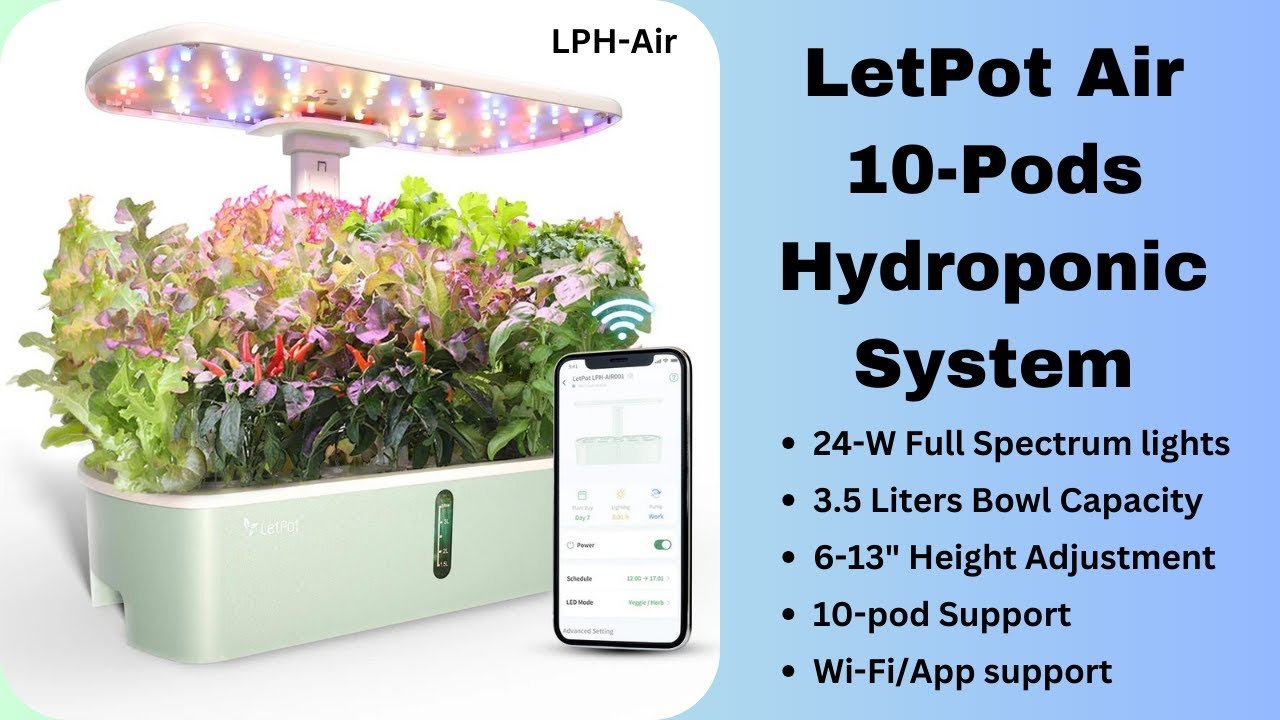Adventures in Aquaponics and the Magic of Rockwool Cubes
Sitting on my creaky front porch, the kind that moans and groans with every gust of wind, I can’t help but chuckle when I think back to my ill-fated aquaponics adventure. You know, the one where I thought I could be a self-sustaining gardener, feeding the family home-grown veggies and fish – all from a sleek little system built in my backyard. Spoiler alert: it didn’t go quite as smoothly as I had imagined.
I remember the first time the idea struck me. I was sipping my morning coffee, staring at the weedy mess that was once a vegetable garden. Someone had mentioned aquaponics at the local farmers’ market, and my curiosity piqued. “Why not?” I thought. What could go wrong with a self-sustaining ecosystem of fish and veggies? Little did I know, everything.
The Symbiotic Symphony
So, armed with enthusiasm and a rusty rake I had dug out of the shed, I set to work. My plan? A small aquaponics system with a fish tank, a grow bed for plants, and of course, the pièce de résistance: rockwool cubes. I had read somewhere that these little cubes were the secret sauce for growing plants hydroponically. Instead of soil, they’re made from spun basalt rock, and I figured they’d be just the thing to get my veggies off to a strong start.
After jerry-rigging an old fish tank I found at a yard sale—complete with that slightly pungent smell of stale water—I rushed over to the gardening aisle at the local hardware store. I couldn’t believe how many things I was missing. PVC pipes, a cheap submersible pump, and, of course, those precious rockwool cubes, which I snatched up with the kind of eager fervor usually reserved for Black Friday.
The First Signs of Trouble
Once I got everything set up, I was practically giddy with excitement. I chose goldfish because they seemed hardier than their delicate counterparts. “How bad could it be?” I remember saying aloud as I added the poor fish to their new home and watched them swim—an oblivious audience to what was shortly to unfold.
It wasn’t long before I started realizing that my “self-sustaining ecosystem” resembled more of a sad science project gone awry. My rockwool cubes, which were supposed to cradle my beloved seeds lightly, instead seemed to entrap them like little plant prisons. I thought I had nailed it—had even patted myself on the back after planting cilantro, basil, and odd little lettuce seedlings.
But then, disaster struck. Just as things were starting to feel almost right, I noticed the water turning a sickly shade of green. “Uh oh,” I muttered, watching the fish swim lethargically, their little mouths gasping as if they were flailing for help. I figured the pump—my cheap, plastic wonder—had failed to move water correctly, and the whole system was on the brink of collapse. My stomach sank.
Troubleshooting with a Side of Frustration
I tried everything. Took out my toolbox—some pliers, a wrench I wasn’t sure how to use, and a handful of random screws that probably didn’t belong to anything. I fiddled with the pump, thinking maybe resetting it would breathe some life back into the setup.
Then came the smell. Oh, that smell. It became a sort of twisted perfume in my backyard as decomposing feed particles mingled with algae-gone-wild. My neighbors were probably beginning to wonder what I was cooking out there. What had started as a delightful project turned into a crapshoot of mistakes. I remember feeling so overwhelmed that, at one point, I almost gave up.
But just when I thought I’d reached the end of my patience, my little son came barreling through the backyard, waving a stick and meticulously detailing his plans for a “super-fish-tank.” And, just like that, the frustration eased. I realized I wasn’t doing this just for fish or vegetables—I was creating experiences, memories that would turn into stories I’d tell years from now.
Enter the Rockwool Magic
After countless mishaps with the water and fish—unfortunately, I lost a couple along the way—I finally figured out my rockwool cubes needed a better approach. They shouldn’t just be tossed into a water reservoir and left to their own devices. They required attention, care, and proper positioning within the system. I plopped some new seeds into them, taking care to soak them in clean water first.
The magic began to unfold slowly, like spring creeping into New England after a long winter. My veggies started to sprout, bright green and alive. With each new leaf unfurling, I felt a surge of pride. It was still rough, with more algae blooms and the occasional fish swim-off, but slowly, day by day, something started working.
The Takeaway
In the end, I had learned that aquaponics—or any backyard garden, really—wasn’t about perfection. It was a messy dance of trial and error, of highs and lows punctuated by the bloom of new life and the loss of a few fish friends along the way. If you’re thinking about diving into this, don’t fret over achieving a perfect system from the get-go. Just start. Get your hands dirty, learn from your mistakes, laugh at the green sludge, and enjoy the journey.
You’ll figure it out as you go, and who knows? Maybe a couple of quirky fish and some overzealous basil plants will turn your backyard into a garden of delight too.
If you’re ready to embrace your own aquaponics adventure, don’t hesitate! Join the next session. Let’s learn together along the way. Reserve your seat!







Leave a Reply